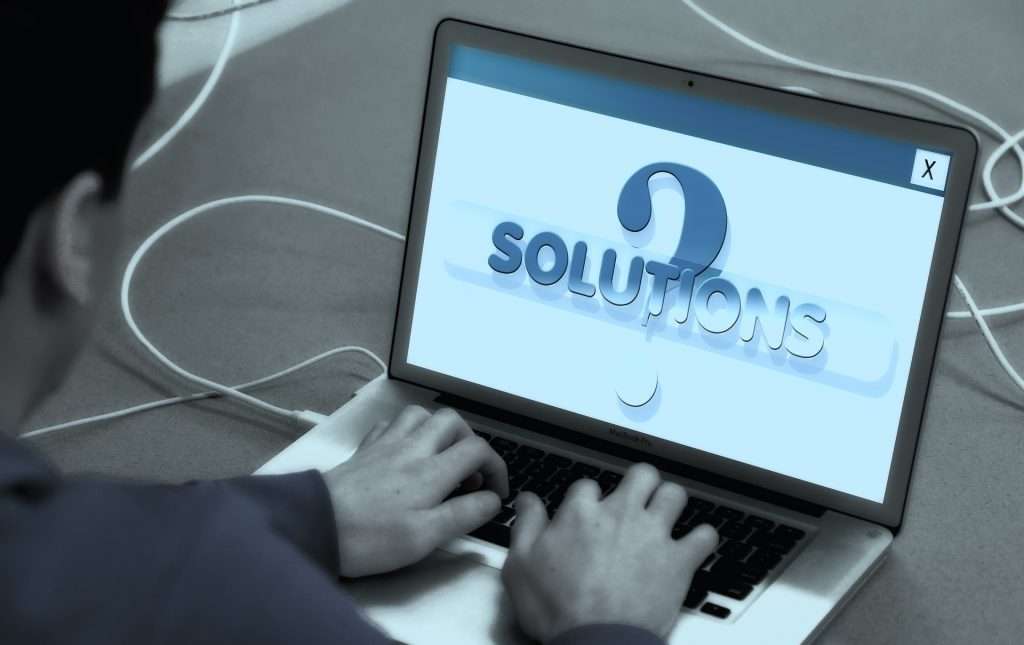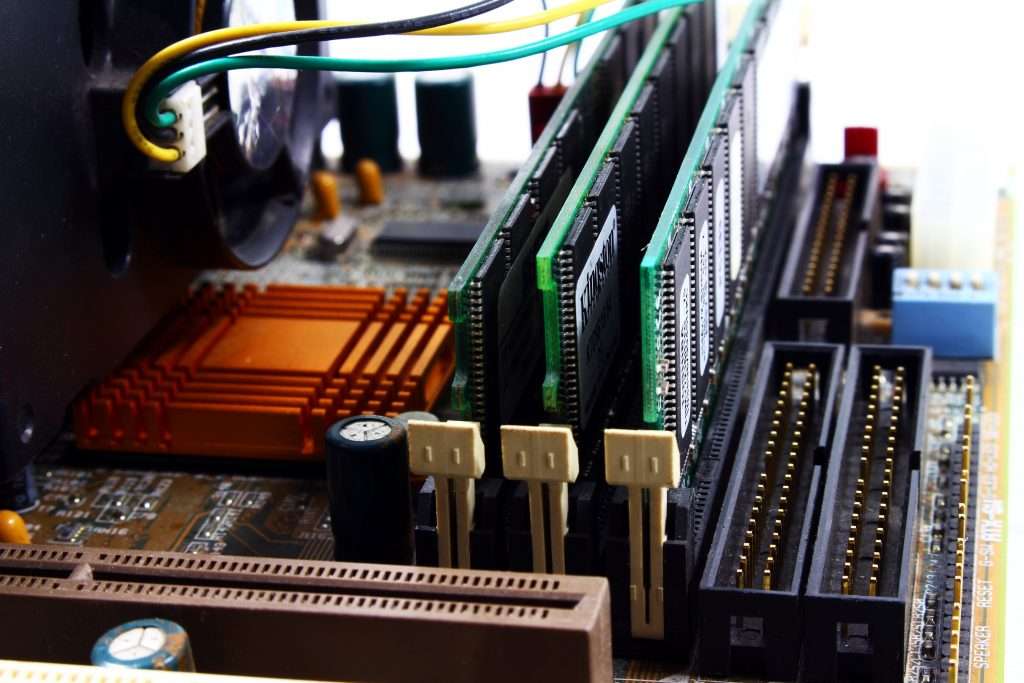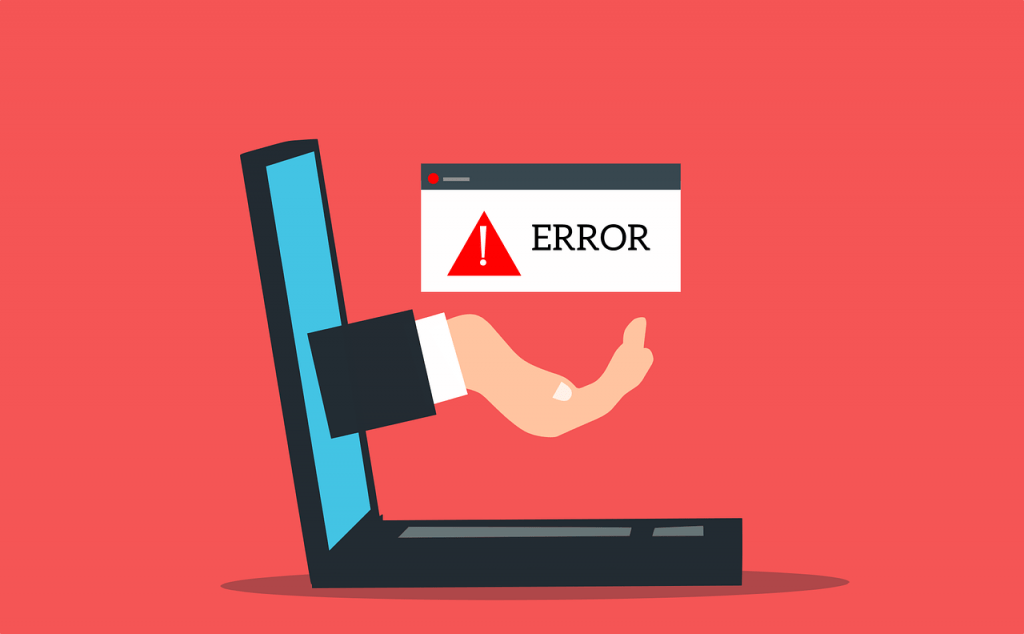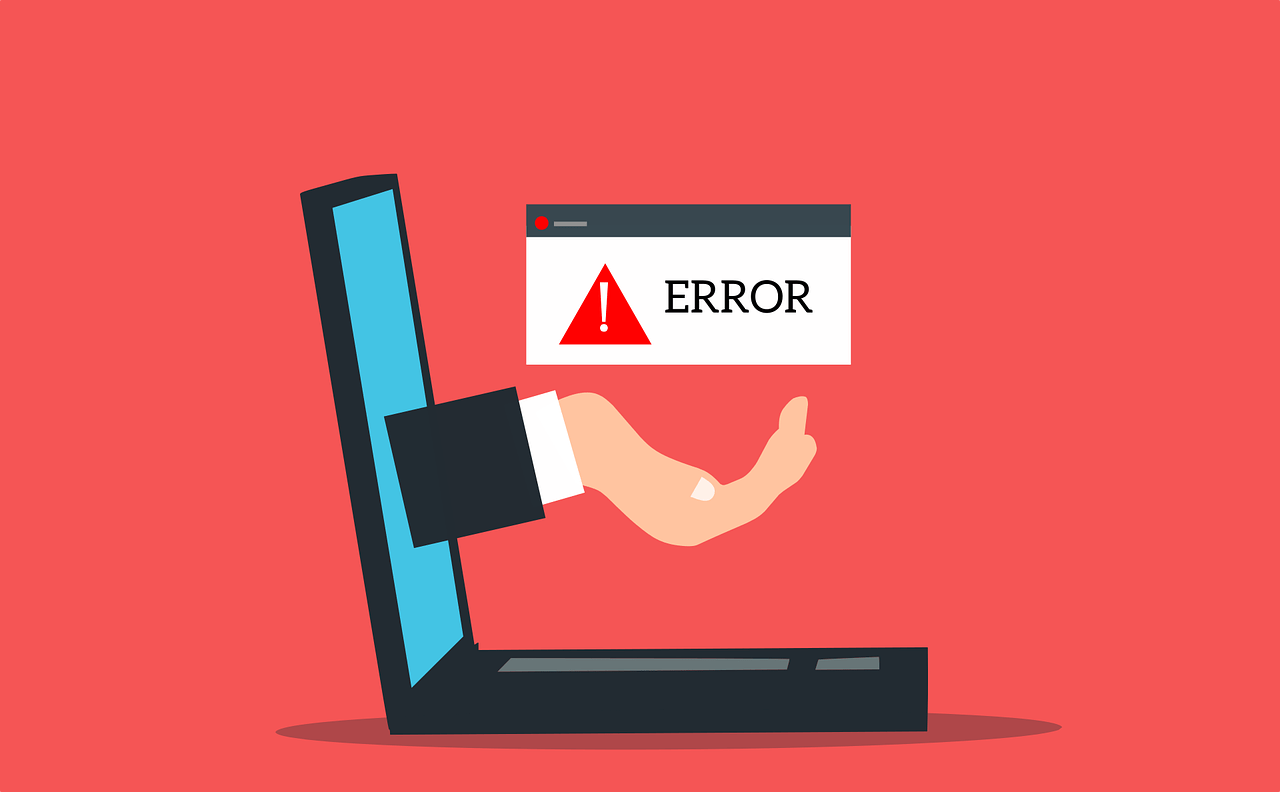Computers are an essential part of any business, no matter what industry you’re in. In addition, new software and hardware developments introduced throughout the years have generally made you more efficient than ever before. However, if you use computers on a regular basis, you’ll ultimately run into technical issues that necessitate your attention and intervention. Because of this, there are steps that you may take to fix the problem and move on with your workday. Computer hardware issues can be a pain. Here are three of the most 3 common hardware issues with computers.
It can be difficult for some professionals to determine what steps to take to determine what’s wrong with a computer’s hardware and how to fix it. What is the problem with this component? Is it sufficient to simply swap out the damaged part? Should you begin by performing a software diagnostic first? There are seven typical PC hardware issues that we’ll cover in this article and the best way to address them. But keep this in mind. It is always best to start with the most obvious options.
Time and frustration may be spared if you use them. Learn how to diagnose and fix 3 common hardware issues with computers. This guide includes troubleshooting tips, what to look for, and what to do when your computer doesn’t work correctly.

1 . Why Won’t Your Computer Turn On
This is a typical problem with a simple solution that regularly arises. Is everything connected and ready to go? In the past few years, I have come across a number of “broken” computers that just had a component that had fallen out of its socket. Plug into a variety of outlets to see if that helps. If you’re running a system that requires a lot of power, it isn’t unusual to blow a fuse.
Has everything else been tested and found to be functioning properly? Whether that’s the case, see if an alternative one works. Replacing one of these is typically less expensive than attempting to repair an existing one. Is the tower lit from the front or the back? As a backup, you can always turn off the power supply unit. Open up your tower and inspect the motherboard next. If the motherboard receives electricity, an LED light will illuminate to indicate this. Try using a PSU tester if it’s turned off, or replace the PSU. Opening a power supply unit and attempting to fix it yourself is exceedingly risky.
2 . Signs That You’ll Need the Help of an Expert
It’s simple: if you don’t feel comfortable with any of these troubleshooting techniques, call an IT expert. There’s no need to endanger your computer’s life (or your own) by fiddling about with it to avoid submitting a support ticket.
If you notice any of the following indicators, it’s time to call: The problem isn’t solved on your first or second attempt. In this case, you’re dealing with a laptop rather than a desktop computer. DIY laptop repairs are more difficult and costlier for the following reasons: Because the components are so small, it takes a long time to figure out what’s wrong because there are so many screws and so much tape. Because they can’t be removed or opened, integrated circuits and boards are prohibitively expensive to create.
Because they are not designed to be fixed, they use proprietary components that are impossible to acquire replacements for. Training and certification are necessary for professionals to stay up-to-date on the latest technology. So, don’t be afraid to tap on their knowledge and experience. Take a course to learn more about PC troubleshooting if you find yourself enjoying it!

3 . It appears that either your operating system or hard drive is not present.
Four things could be wrong (and four ways to fix them) if you see the notice “Missing Operating System” on your screen: BiOS is unable to recognize Windows’ hard drive, or it has failed. Reconnect the hard drive if you know how to do so if you’re not sure. A hard disk with a faulty interface or one that has been significantly damaged cannot be used if this is not the case.
Watch for a notification instructing you which key to press to enter the BIOS after restarting your computer. You may need to utilize a search engine to get the instructions for your system because the key varies from system to system. As soon as you see the notification, press the designated key.
Select “Auto” for “Hard Disk Drive” in the BIOS. Hard disk repair or replacement is needed if it’s not visible. The BIOS configuration is erroneous. Revert the BIOS to its default settings. Damage or corruption to the Master Boot Record (MBR) has occurred. Use a bootable partitioning tool, the Windows installation disk, or a repair CD to rebuild the MBR. Disk management has not detected any activity on the Windows boot file partition. A bootable partitioning tool can be used to start the computer. Otherwise, try making the incorrect partition ‘inactive’ and then reactivating it.

Conclusion
Preventive maintenance is one of the best strategies to avoid learning how to handle common PC hardware issues. Problems are often ignored or patched up by most people and businesses. However, the need to implement a long-term strategy to ensure that the technology is always up and running can’t be overemphasized. Procrastination’s costs in terms of wasted time, frustration, money, and safety will always outweigh its benefits. It’s inevitable that you’ll need a new computer at some point in your life. Every day, more and better technology is being developed. You may want to take the risk and invest in a newer, faster, and more up-to-date device.
A hardware problem is far easier to fix than a sophisticated software problem, which often requires a novel solution. After all, it’s just a matter of physics. Sadly, physics also explains how all things eventually degenerate into chaos and stop working. You can rest guaranteed that, due to the same universal law of entropy, all of the world’s computer gear will eventually fail one by one.
Even if hardware breakdown is a certainty, it always arrives as a silent thief in the night. CompTIA A+ certification tests your ability to identify and fix hardware issues. The most common cause of computer difficulties is a tiny flaw in the software or hardware. Their solutions are frequently simple to implement. It’s a fact of life when using a PC that we all run into these issues from time to time.
For more articles visit explorebeyondpassion

Much needed article
Im very happy to find this website. I wanted to thank you for your time due to this fantastic read!! I definitely savored every part of it and i also have you book-marked to look at new stuff on your website.